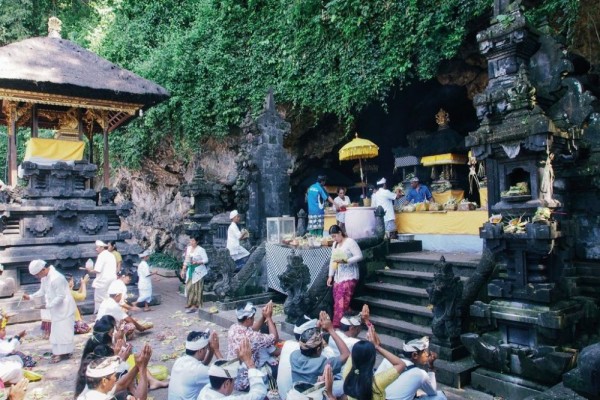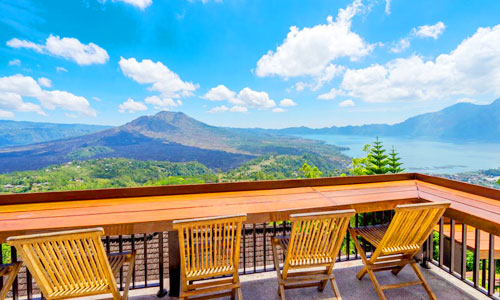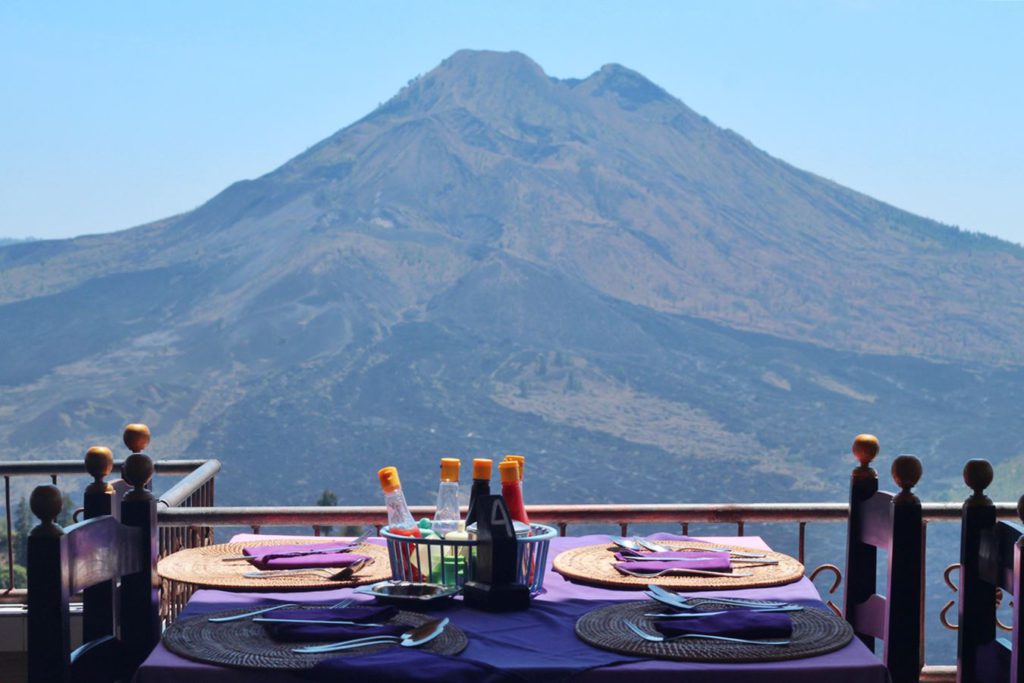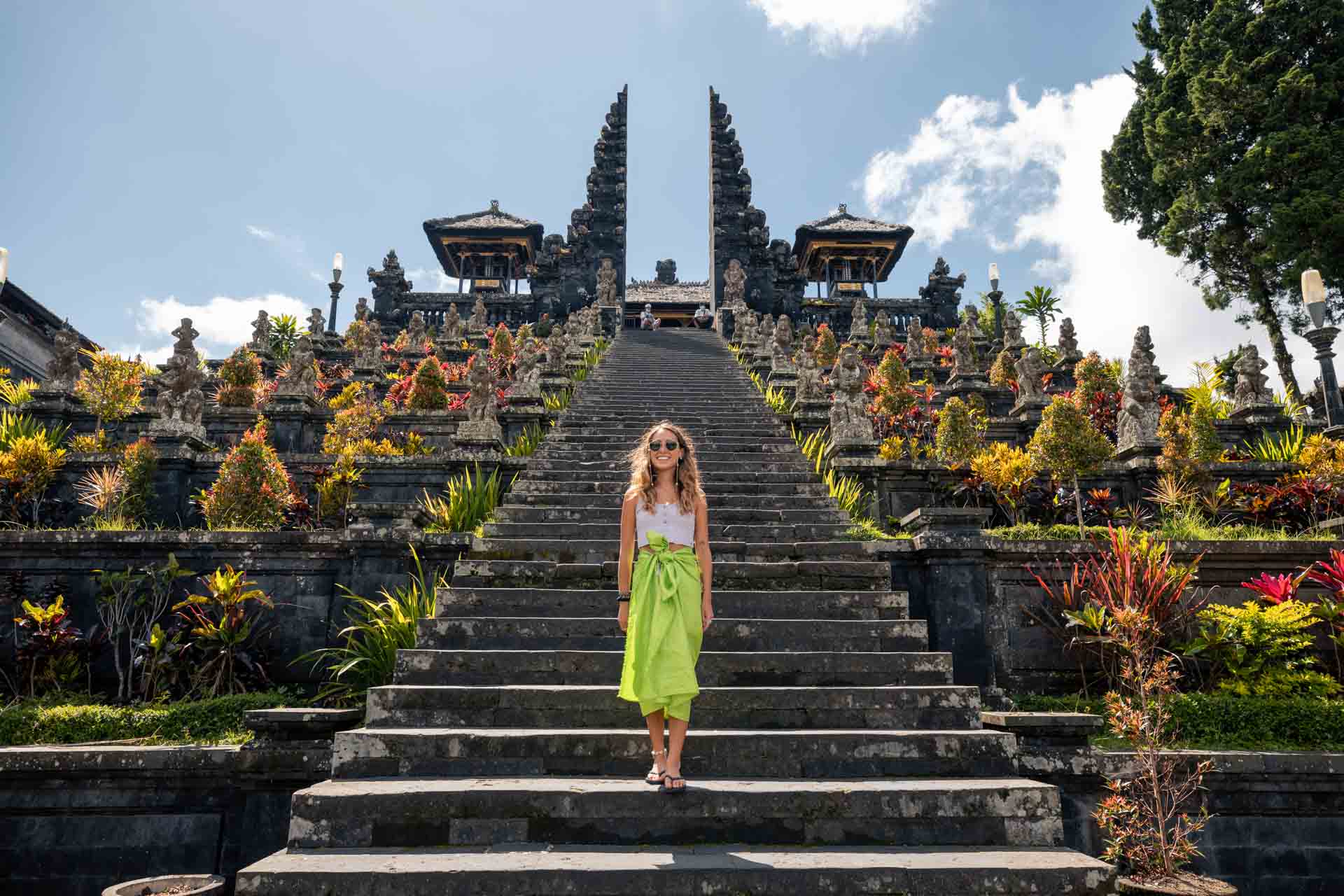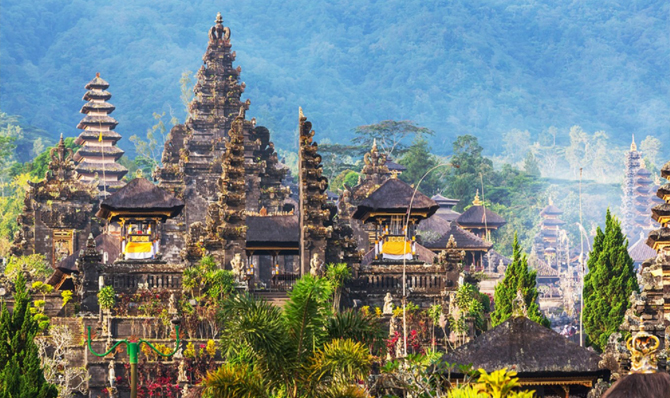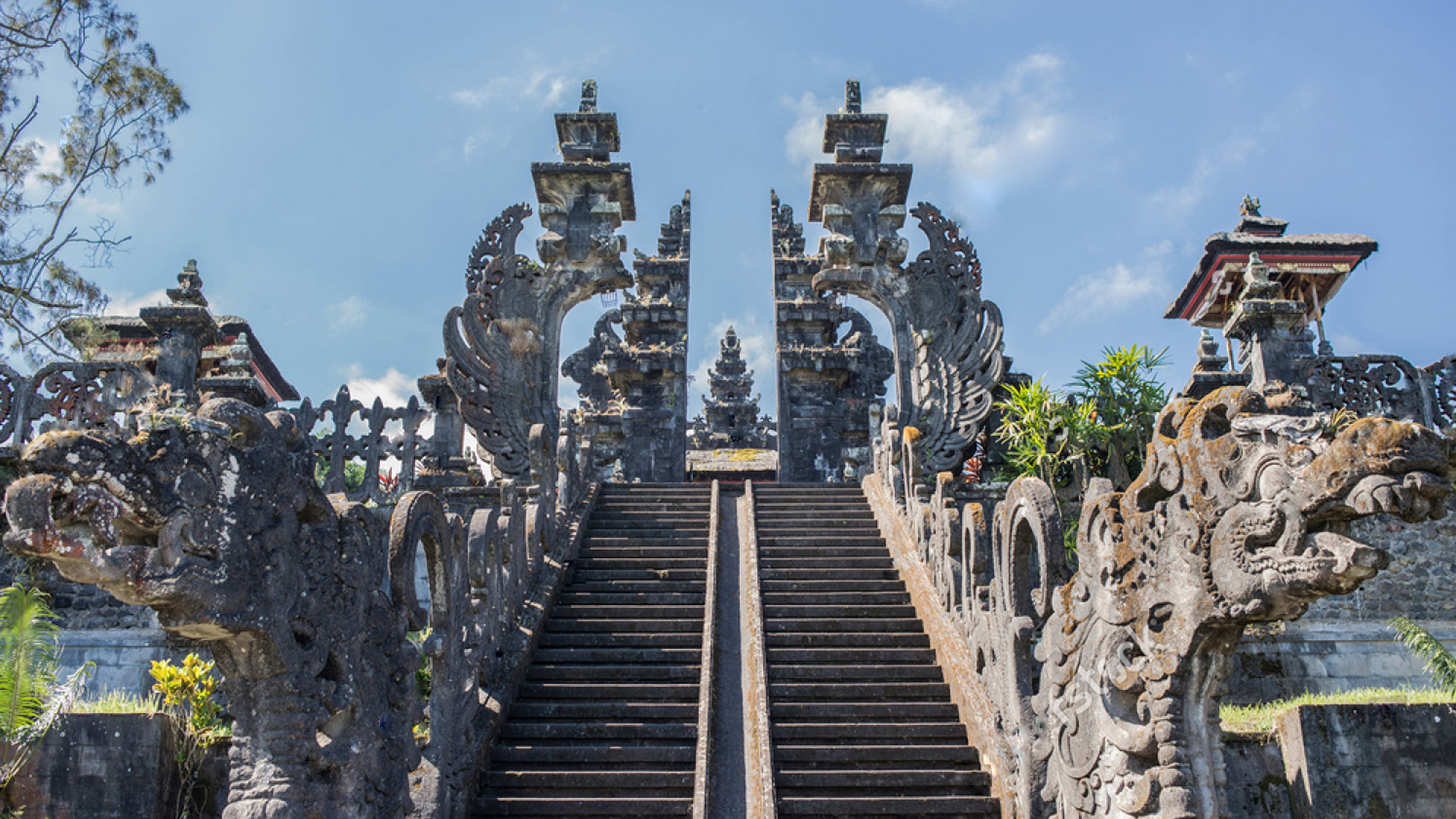Besakih Tour Itenerary
Goa Lawah Temple
Goa Lawah is one of Bali's most important temples. It features a complex built around a cave opening that is inhabited by hordes of bats, and its name translates to 'Bat Cave'. This temple was established in the 11th century by Mpu Kuturan, one of early priests who laid the foundations of Hinduism on the island.
Kerta Gosa
Kerta Gosa consists of two buildings (bale), namely akerta Gosa Bale and Bale Kambang. Bale Kambang called because the building is surrounded by a pond that is Gili Park. The uniqueness Kerta Gosa with Bale Kambang this is surface on the ceiling or roof bale is decorated with traditional painting style of Kamasan (a village in Klungkung) or style of puppet that is very popular in the community Bali. Initially. the paintings that decorate the ceiling are made of cloth and parba. New since 1930 is replaced and created at the top of the plasterboard direstorasi ago according to the original image is still intact and up to now. Cultural heritage as Kingdom Semarapura, Gosa and Kerta Bale Kambang enabled to judge the matter and the religious ceremony that is especially yadnya cut teeth (mepandes) like children king.
Lunch
Wonderful buffet of Balinese food, fruits and desserts. The view of the mountain and the panoramic vistas of the rice fields below were breathtaking.
Besakih Temple
Besakih Temple, known as Bali's 'Mother Temple' for over 1,000 years, sits 1,000 metres high on the southwestern slopes of Mount Agung. Besakih is an artistic and unique complex that comprises at least 86 temples which include the main Pura Penataran Agung (the Great Temple of State) and 18 others. Besakih is the biggest and holiest of the island's temples and is surrounded by breathtaking and scenic rice paddies, hills, mountains, streams, and more.
Coffee Plantations
Here we have special coffee, that name is Luwak Coffee, the coffee made from coffee cherries which have been eaten by and passed through the digestive track of asian palm civet.
Prepare your journey to Besakih Tour
The tour then proceeds to Besakih Temple, one of Bali's most important Hindu temples. The temple complex is located on the slopes of Mount Agung and is known for its stunning architecture and panoramic views of the surrounding countryside. Visitors can explore the temple grounds and learn about the significance of the temple to Balinese culture.
The tour then takes a stop at a coffee plantation, where visitors can learn about the process of making Bali's famous Luwak coffee, as well as sample a range of different coffee varieties.
Start : 08.00 (approx. 12 hours)
Inclusion
- Car
- Profesional english speaking driver


